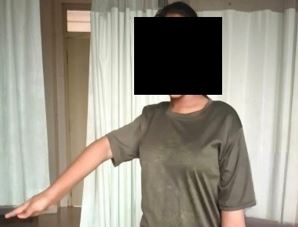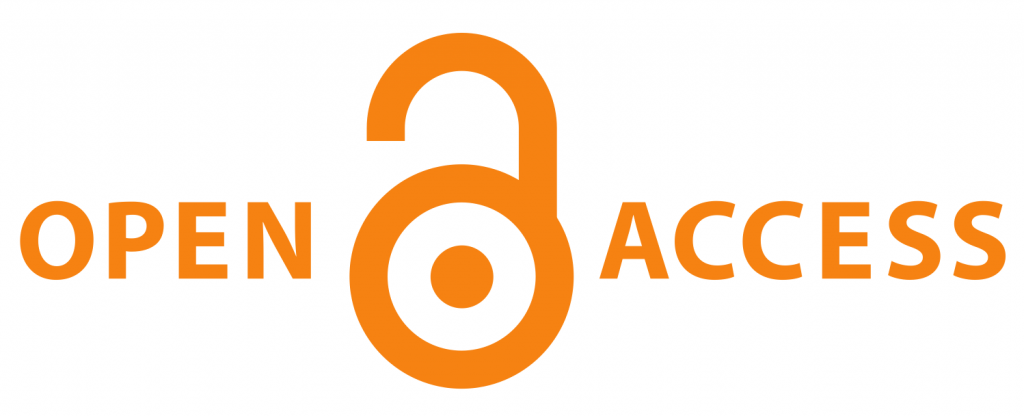Ayurvedic management of Neonatal Brachial Plexus Palsy : A Case Study w.r.t. Ekangavata (Prasavakaleena Abhigataja Vyadhi)
DOI:
https://doi.org/10.21760/jaims.10.3.58Keywords:
Neonatal brachial plexus palsy, Nasya, Annalepa, Shashtikashali Pinda SwedaAbstract
Background: Neonatal brachial plexus palsy (NBPP) occurs secondary to traumatic injury to the brachial plexus in the perinatal period. It is a commonly encountered problem on the postnatal wards with the potential for significant morbidity. Congenital brachial plexus palsy (CBPP) results in a flaccid paresis of the upper limb at birth with a greater passive range of limb movement than active. It is usually unilateral but can be bilateral. Significant risk factors include shoulder dystocia, macrosomia, instrumental delivery and prolonged second stage of labour. Prognosis is variable and dependent on the type and level of nerve injury with total plexus palsies having the worst prognosis. Case Presentation: A 13-year-old female patient with the diagnosis of brachial plexopathy reported to OPD with complaints of weakness of right upper limb since birth associated with stiffness of right shoulder joint and difficulty in Range of Movements. The patient was treated with Ayurvedic therapeutic interventions such as Sweda along with Vatakaphahara and Vatahara Shamanoushadhis, Sthanika Seka, Sarvanga Abhyanga and Sarvanga Shashtika Shaali Pindasweda, Sthanika Annalepa, Veshtana, in the form of Upanaha & Nasya Karma, were prescribed. Conclusion: After 10 days of treatment, there was marked relief in the symptoms in the form of reduced weakness and stiffness of right upper limb and in Range of movements. The above treatment protocol along with oral medications has shown significant result clinically in the present study.
Downloads
References
Jeyanthi S. The effect of nerve branch stimulation in adjunct to conventional treatment on C6-C7 obstetric brachial plexus injury: a case report. Indian J Physiother Occup Ther. 2015;9:150-155.
Dijk JG, Pondaag W, Malessy MJ. Obstetric lesions of the brachial plexus. Muscle Nerve. 2001;24:1451-1461. doi:10.1002/mus.1168.
Frade F, Gómez-Salgado J, Jacobsohn L, Florindo-Silva F. Rehabilitation of neonatal brachial plexus palsy: integrative literature review. J Clin Med. 2019;8(7):980.
Agnivesha. Charak Samhita. Kushvaha HS, editor. Varanasi: Chaukhambha Orientals; 2018. Chikitsa Sthana 28/54-55. p. 740.
Lohith BA, Sunil Kumar KN, Girish KJ. Standardization of Erandamooladi Kwatha Churna – a compound formulation used in medicated enema therapy (Basti Karma). Glob J Res Med Plants Indigen Med. 2013;2:709-715.
Nakade M. Dashamoola Kwatha Dhara Sweda in knee injuries - a review. World J Adv Pharm Life Sci. 2023;9:44-47.
Phadol RS, Patil A. Role of Valuka Pottali Sweda in Sandhigatavata. Int Ayurvedic Med J [Internet]. 2019 [cited 2019 Jun]. Available from: http://www.iamj.in/posts/images/upload/889_894.pdf.
Deva S, Mathad P, Roy K. Modulation of Agnilepa in the management of Amavata. Int Ayurvedic Med J. 2020;9:7.
Agnivesha, Charak, Dridhabala. Charak Samhita, Sutra Sthana, Swedadhyaya 14/41. Shastri K, Chaturvedi G, editors. Varanasi: Chaukhambha Bharti Academy; 2013. p. 290.
Agnivesha, Charak, Dridhabala. Charak Samhita, Sutra Sthana, Swedadhyaya 14/5. Shastri K, Chaturvedi G, editors. Varanasi: Chaukhambha Bharti Academy; 2013. p. 281.
Ambikadatta Shastri. Sushruta Samhita. 11th ed. Varanasi: Chaukhambha Sanskrit Sansthana; 1997. Sutra Sthana 40-29.















